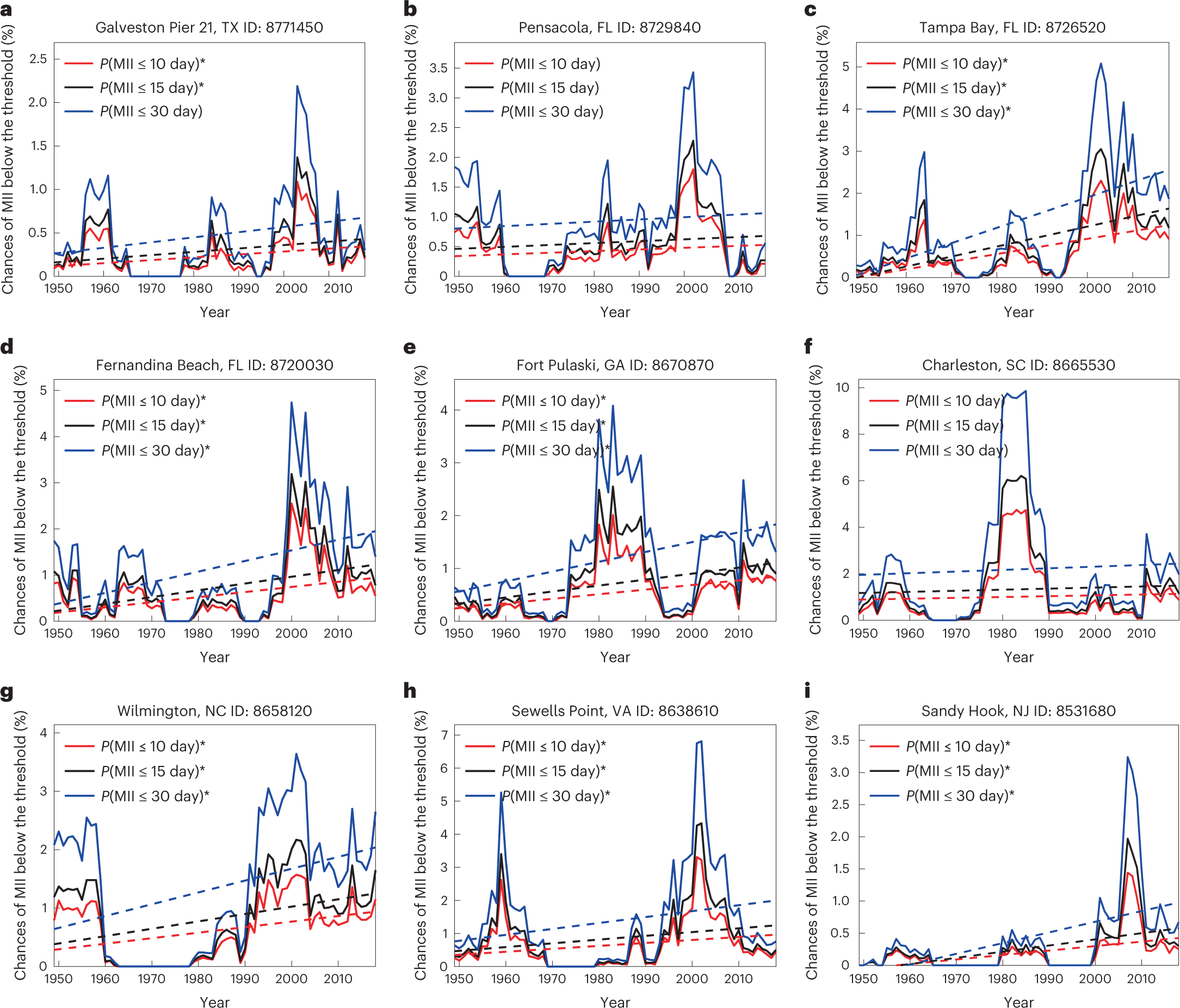計算機、電気化学、生物学的システムの進歩のきっかけとなる開発 Development could spark advances in computing, electrochemical, biological systems
2023-02-23 ライス大学
<関連情報>
- https://news.rice.edu/news/2023/theory-can-sort-order-chaos-complex-quantum-systems
- https://www.pnas.org/doi/10.1073/pnas.2221690120
多次元量子系における表面交差とエネルギーフロー Surface crossing and energy flow in many-dimensional quantum systems
Chenghao Zhang, Martin Gruebele, David E. Logan and Peter G. Wolynes
Proceedings of the National Academy of Sciences Published:February 23, 2023
DOI:https://doi.org/10.1073/pnas.2221690120
Significance
Quantum scrambling and energy redistribution are important in many problems ranging from photosynthetic energy flow to charge transfer at electrodes and in quantum dots. In mesoscopic systems such as large molecules, a transition from coherent organized quantum behavior to chaotic behavior can be found. Two of the key scrambling mechanisms, electronic surface crossing and vibrational anharmonic resonance, have usually been treated separately. Here, we develop a unified theory providing a transition criterion from localized to scrambled regimes. The criterion is easy to compute even for very complicated systems, and we test it by comparisons with numerical quantum dynamics simulations for a model inspired by bacteriochlorophyll dimers involved in photosynthesis.
Abstract
Energy flow in molecules, like the dynamics of other many-dimensional finite systems, involves quantum transport across a dense network of near-resonant states. For molecules in their electronic ground state, the network is ordinarily provided by anharmonic vibrational Fermi resonances. Surface crossing between different electronic states provides another route to chaotic motion and energy redistribution. We show that nonadiabatic coupling between electronic energy surfaces facilitates vibrational energy flow and, conversely, anharmonic vibrational couplings facilitate nonadiabatic electronic state mixing. A generalization of the Logan–Wolynes theory of quantum energy flow in many-dimensional Fermi resonance systems to the two-surface case gives a phase diagram describing the boundary between localized quantum dynamics and global energy flow. We explore these predictions and test them using a model inspired by the problem of electronic excitation energy transfer in the photosynthetic reaction center. Using an explicit numerical solution of the time-dependent Schrödinger equation for this ten-dimensional model, we find quite good agreement with the expectations from the approximate analytical theory.




